Filter by
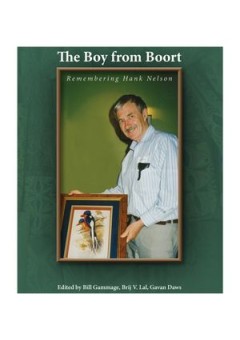
The Boy from Boort : Remembering Hank Nelson
Hank Nelson was an academic, film-maker, teacher, graduate supervisor and university administrator. His career at The Australian National University (ANU) spanned almost 40 years of notable accomplishment in expanding and deepening our understanding of the history and politics of Papua New Guinea, the experience of Australian soldiers at war, bush schools and much else. This book is a highly re…
- Edition
- -
- ISBN/ISSN
- 9781925021653
- Collation
- -
- Series Title
- -
- Call Number
- 994.007 202 BOY
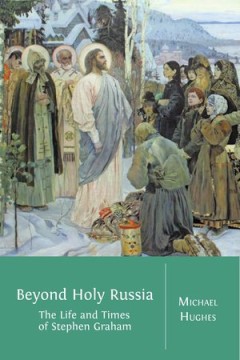
Beyond Holy Russia : The Life and Times of Stephen Graham
This biography examines the long life of the traveller and author Stephen Graham. Graham walked across large parts of the Tsarist Empire in the years before 1917, describing his adventures in a series of books and articles that helped to shape attitudes towards Russia in Britain and the United States. In later years he travelled widely across Europe and North America, meeting some of the best k…
- Edition
- -
- ISBN/ISSN
- 78-1-78374-014-7
- Collation
- -
- Series Title
- -
- Call Number
- 923.9 HUG b
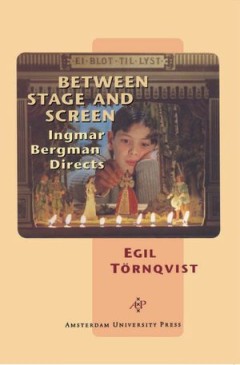
Between Stage and Screen : Ingmar Bergman Directs
Ingmar Bergman is worldwide known as a film and stage director. Yet no-one has attempted to compare his stage and screen activities. In Between stage and screen Egil Törnqvist examines formal and thematical correspondences and differences between a number of Bergman's stage, screen, and radio productions. In the prologue Bergman's spiritual and aesthetic heritage and his position in the twenti…
- Edition
- -
- ISBN/ISSN
- 9053561374
- Collation
- -
- Series Title
- Film Culture In Transition
- Call Number
- 927 TOR b
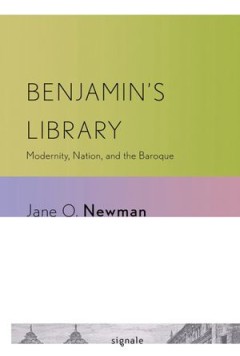
Benjamin's Library : Modernity, Nation, and the Baroque
In Benjamin’s Library, Jane O. Newman offers, for the first time in any language, a reading of Walter Benjamin’s notoriously opaque work, Origin of the German Tragic Drama that systematically attends to its place in discussions of the Baroque in Benjamin’s day. Taking into account the literary and cultural contexts of Benjamin’s work, Newman recovers Benjamin’s relationship to the ide…
- Edition
- -
- ISBN/ISSN
- -
- Collation
- -
- Series Title
- -
- Call Number
- 928 NEW b
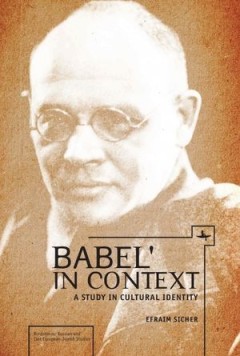
Babel' In Context : A Study in Cultural Identity
Isaak Babel (1894–1940) is arguably one of the greatest modern short story writers of the early twentieth century. Yet his life and work are shrouded in the mystery of who Babel was—an Odessa Jew who wrote in Russian, who came from one of the most vibrant centers of east European Jewish culture and all his life loved Yiddish and the stories of Sholom Aleichem. This is the first book in Engl…
- Edition
- -
- ISBN/ISSN
- 78-1-61811-145-6
- Collation
- -
- Series Title
- Borderlines: Russian аnd East European Jewish Studies
- Call Number
- 928 SIC b
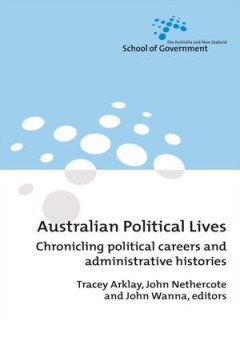
Australian Political Lives : Chronicling political careers and administrative…
Biography; Politicians; History; Australia
- Edition
- -
- ISBN/ISSN
- 1 920942 74 2
- Collation
- -
- Series Title
- -
- Call Number
- 808.066 320 092 AUS
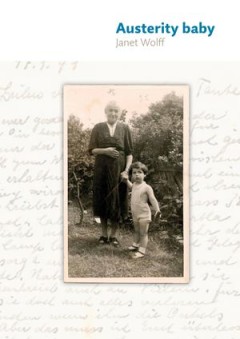
Austerity baby
"Austerity Baby might best be described as an ‘oblique memoir’. Janet Wolff’s fascinating volume is a family history – but one that is digressive and consistently surprising. The central underlying and repeated themes of the book are exile and displacement; lives (and deaths) during the Third Reich; mother-daughter and sibling relationships; the generational transmission of trauma and e…
- Edition
- -
- ISBN/ISSN
- 978 1 5261 2130 1
- Collation
- -
- Series Title
- -
- Call Number
- 923.8 WOL a
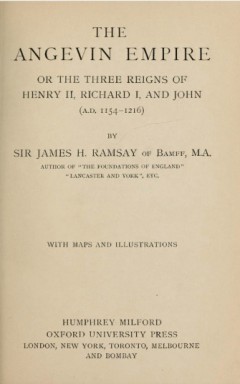
The Angevin Empire : Or the Three Reigns of Henry II, Richard I, and John (A.…
This work lends a wonderfully-comprehensive look at the Angevin Empire, which consists of the reigns of Henry II, Richard I and John from 1154 to 1216. The book documents well the difficult family dynamics that led to war within the family for many years. This volume also features detailed maps and illustrations pertaining to the kings' reigns and the Crusades.
- Edition
- -
- ISBN/ISSN
- -
- Collation
- -
- Series Title
- -
- Call Number
- 923.1 RAM a
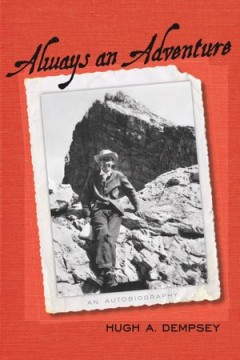
Always an Adventure : An autobiography
Hugh Dempsey has for decades been one of Alberta’s most prolific and influential public historians. Author of more than twenty books, he has also been “in on the ground floor” of the development of many key Alberta institutions, including the Indian Association of Alberta, the Historical Society of Alberta, and most importantly, the Glenbow Museum. Now, in his own words, he recounts his i…
- Edition
- -
- ISBN/ISSN
- 978-1-55238-567-8
- Collation
- -
- Series Title
- The West series
- Call Number
- 971.230 072 02 DEM a
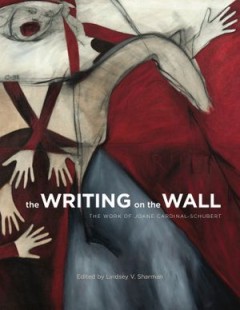
The Writing on the Wall: The Work of Joane Cardinal-Schubert
Artist. Activist. Curator. Joane Cardinal-Schubert was a phenomenal talent. Her work recognizes the social and political ramifications of lived Indigenous experience, exposing truths about history, culture, and the contemporary world. She was a teacher and mentor, supporting those who struggle against the legacies of colonial history. She was an activist for Indigenous sovereignty, advocating f…
- Edition
- -
- ISBN/ISSN
- 9781552389508
- Collation
- -
- Series Title
- -
- Call Number
- 920
 Computer Science, Information & General Works
Computer Science, Information & General Works  Philosophy & Psychology
Philosophy & Psychology  Religion
Religion  Social Sciences
Social Sciences  Language
Language  Pure Science
Pure Science  Applied Sciences
Applied Sciences  Art & Recreation
Art & Recreation  Literature
Literature  History & Geography
History & Geography